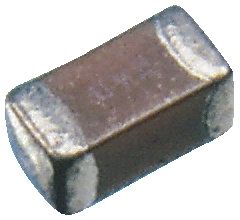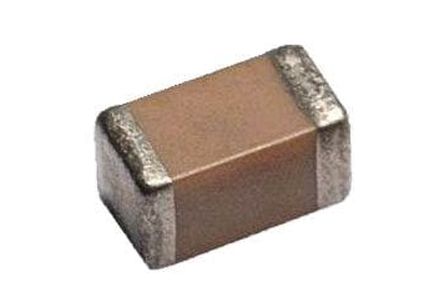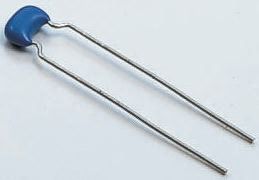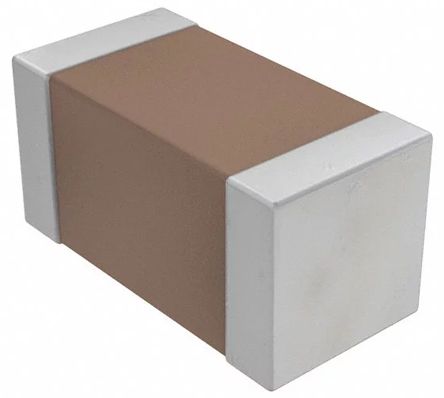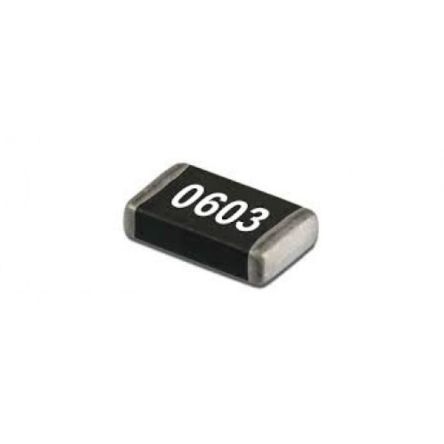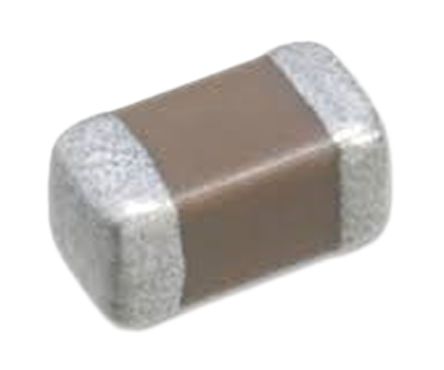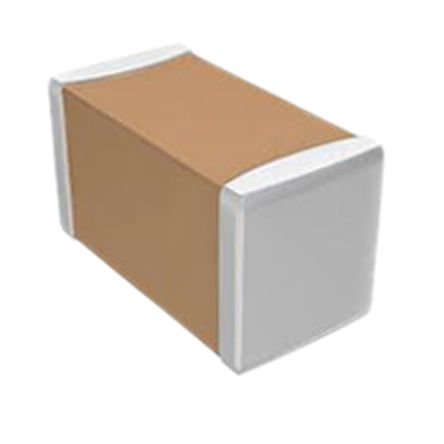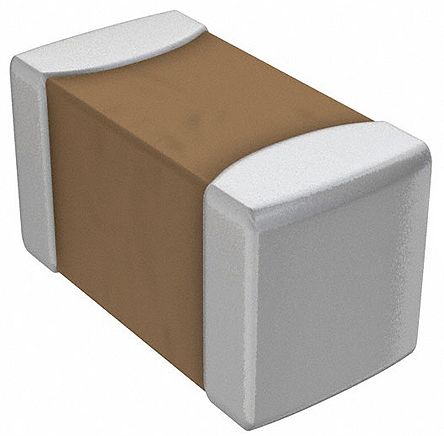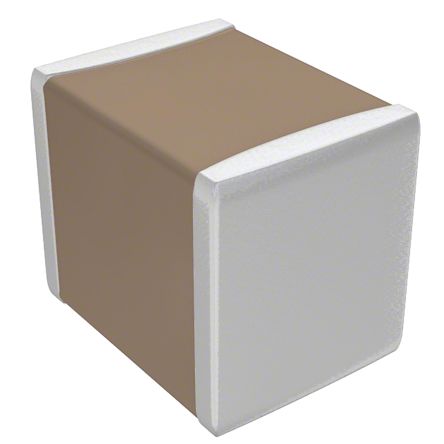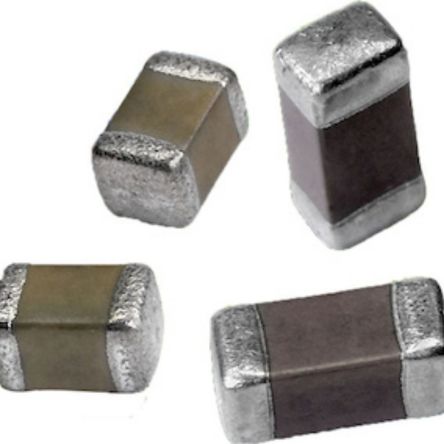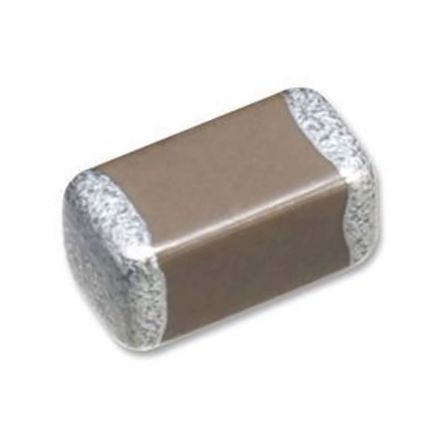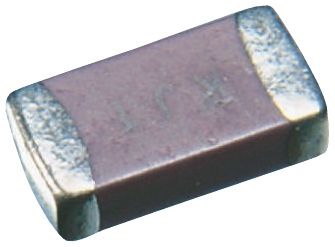- Automation & Control Gear
- Cables & Wires
- Enclosures & Server Racks
- Fuses & Circuit Breakers
- HVAC, Fans & Thermal Management
- Lighting
- Relays & Signal Conditioning
- Switches
- Batteries & Chargers
- Connectors
- Displays & Optoelectronics
- ESD Control, Cleanroom & PCB Prototyping
- Passive Components
- Power Supplies & Transformers
- Raspberry Pi, Arduino, ROCK, STEM Education & Development Tools
- Semiconductors
MLCCs - Multilayer Ceramic Capacitors
Multilayer ceramic capacitors or as they are often referred to as MLCC's are specially designed capacitors and are engineered to consist of a 'multilayer' structure. This structure includes a ceramic material and metal conducting layers. The ceramic layers insulate the capacitor, this helps to reduce heat loss which in turn improves the efficiency of the product. Multilayer capacitors have high thermal stability, high ripple current capability and extremely low ESR (Equivalent Series Resistance) and ESL (Equivalent Series Inductance) which helps make these products perfect for a multitude of applications.
MLCCs come in standard package sizes such as 0402, 0805, 1206 etc. These are internationally recognised package sizes and are commonly used in the industry. The capacitance of MLCC chips depends on the dielectric, the size and the required voltage. Automotive grades available (AEC-Q200).
RS offer a huge range of Multilayer Ceramic Capacitors which we provide to help fulfil all our customer's needs. The range of MLCC's we have on offer come from a variety of established brands including KEMET, AVX, Murata TDK and Vishay. We also stock our own brand of RS PRO MLCC's which help to widen our already extensive range of products.
What are MLCC capacitors used for?
MLCCs are a common type yet effective type of capacitor, they can be found in a range of applications, such as... robot parts, medical equipment, automotive parts and more. The type of ceramic material defines the electrical behaviour and therefore the potential application.
What are the different types of capacitor?
Multilayer ceramic capacitors come in a range of two main types, Class 1 and Class 2:
Class 1 MLCCs are known to be highly stable, accurate and have low losses. They offer the most reliable voltage, temperature, and frequency. Class 1 capacitors are commonly found in resonant circuits such as radios.
Class 2 MLCCs have a highly permissive dielectric which gives better volumetric efficiency. However, they have lower accuracy and stability than Class 1 capacitors and are better suited to bypass, coupling and decoupling applications, or for frequency discriminating circuits.
Where would you use them?
- Power Supplies
- DC/DC convertor
- Telecommunications
- Medical Equipment
- Switch-mode power supplies
- Automotive applications



